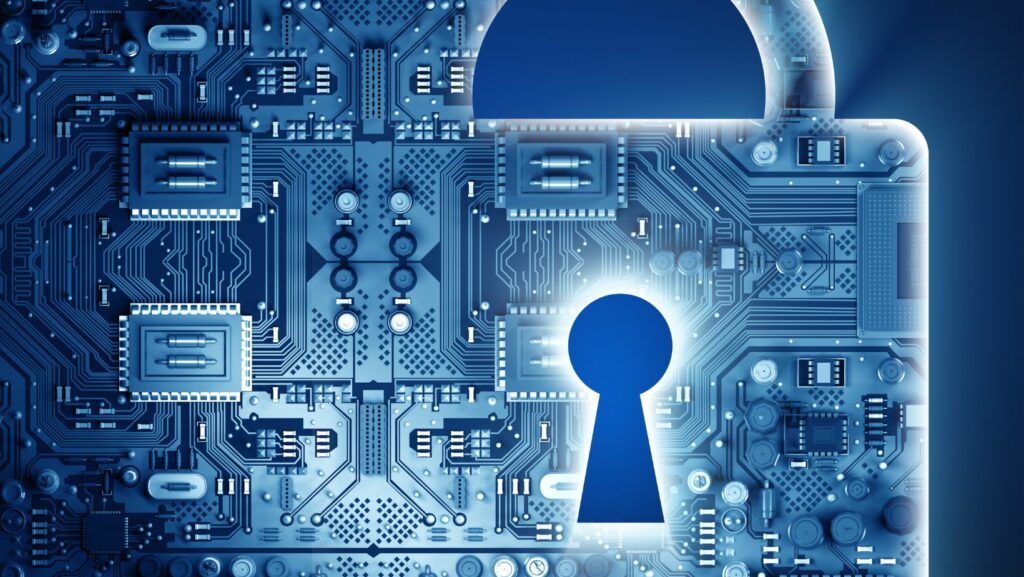As cyber threats continue to evolve, businesses are under increasing pressure to protect their data and systems from malicious attacks. Traditional security measures, such as firewalls and antivirus software, are no longer enough to safeguard organizations from sophisticated cybercriminals. In response to this growing challenge, Managed Detection and Response (MDR) services have emerged as an essential part of modern cybersecurity strategies. By 2025, MDR will likely become a vital tool for businesses to ensure their security infrastructure remains robust and proactive.
What is Managed Detection and Response (MDR)?
MDR is a cybersecurity service that combines technology, threat intelligence, and human expertise to detect and respond to security incidents in real time. Unlike traditional security systems that rely on predefined rules and signature-based detection, MDR utilizes advanced techniques such as behavioral analytics and machine learning to identify threats that may otherwise go unnoticed. It not only detects attacks but also provides immediate responses, including containment and mitigation actions, to prevent further damage.
Managed Detection and Response providers typically offer a comprehensive suite of services, including threat hunting, incident investigation, and continuous monitoring of networks and endpoints. They also leverage expert teams of security analysts who analyze data to identify vulnerabilities, address threats, and respond quickly to mitigate risks. The service is delivered on a subscription basis, allowing businesses to outsource their security needs without investing in expensive infrastructure and personnel.
The Growing Necessity for MDR in 2025
1. Increasing Cyber Threats and Complexity
As technology becomes more integrated into every facet of business, cybercriminals are constantly developing new, more sophisticated methods to breach security systems. Phishing, ransomware, data breaches, and insider threats are just a few examples of the risks organizations face. By 2025, cyberattacks are expected to grow in both frequency and complexity, making it increasingly difficult for businesses to rely on traditional security measures alone.
MDR offers a proactive approach to these threats, constantly monitoring systems for unusual behavior, identifying emerging threats, and responding rapidly to mitigate potential damage. In a world where cyberattacks are becoming more targeted and complex, businesses will need to invest in MDR to stay one step ahead of adversaries.
2. A Shift Toward Cloud and Remote Work
The shift to cloud computing and remote work has been accelerated in recent years, and this trend will only continue into 2025. While these technologies offer businesses greater flexibility and efficiency, they also introduce new security challenges. Cloud environments, for example, often involve shared responsibility between the provider and the business, and misconfigurations or vulnerabilities in cloud-based services can lead to data breaches.

MDR is particularly valuable in these scenarios as it provides continuous monitoring and rapid detection of security issues across diverse IT environments. Whether employees are working from home or using cloud-based tools, MDR can help ensure that any potential threats are detected and dealt with quickly, minimizing the risk of a breach.
3. Talent Shortage in Cybersecurity
The cybersecurity skills gap remains a major challenge for many businesses. According to recent reports, there is a significant shortage of skilled cybersecurity professionals, making it difficult for organizations to build and maintain robust security teams. By 2025, this gap is expected to widen further, with a growing demand for experts in threat detection, incident response, and security analytics.
MDR services bridge this gap by providing businesses with access to a team of experienced security analysts without the need to hire additional staff. This enables organizations to benefit from expert-level threat detection and response while mitigating the risk of cyberattacks. As the demand for cybersecurity talent continues to outpace supply, MDR will become an increasingly necessary resource for businesses.
4. Regulatory Compliance and Risk Management
In an era of heightened regulatory scrutiny, businesses must ensure compliance with data protection laws such as the GDPR (General Data Protection Regulation) and CCPA (California Consumer Privacy Act). Failure to comply with these regulations can lead to hefty fines and reputational damage.

MDR can help businesses meet these compliance requirements by providing continuous monitoring, identifying vulnerabilities, and documenting security incidents. With the increasing complexity of compliance requirements, MDR will be an essential tool for businesses to stay compliant and manage risks effectively, reducing the likelihood of non-compliance penalties.
5. The Need for 24/7 Threat Monitoring
Cyberattacks don’t happen on a 9-to-5 schedule. With global threats emerging at all hours, businesses must be able to detect and respond to incidents at any time of day. Managed Detection and Response services provide round-the-clock monitoring, ensuring that threats are caught early and addressed immediately.
As more businesses expand their global reach and face threats from different time zones, the need for continuous security monitoring will become even more critical. By 2025, businesses will be expected to have 24/7 monitoring capabilities to protect against threats that could occur during off-hours or outside of regular working times.
Conclusion
As the digital landscape continues to evolve, the necessity for robust, proactive cybersecurity solutions will only increase. Managed Detection and Response services offer businesses a powerful way to stay ahead of emerging threats, ensure compliance, and address the challenges of an ever-changing security environment. By 2025, MDR will likely be a vital component of any business’s cybersecurity strategy, enabling organizations to protect their data, systems, and reputations from the growing number of cyber risks. With cyber threats becoming more sophisticated, the time to invest in MDR is now.

